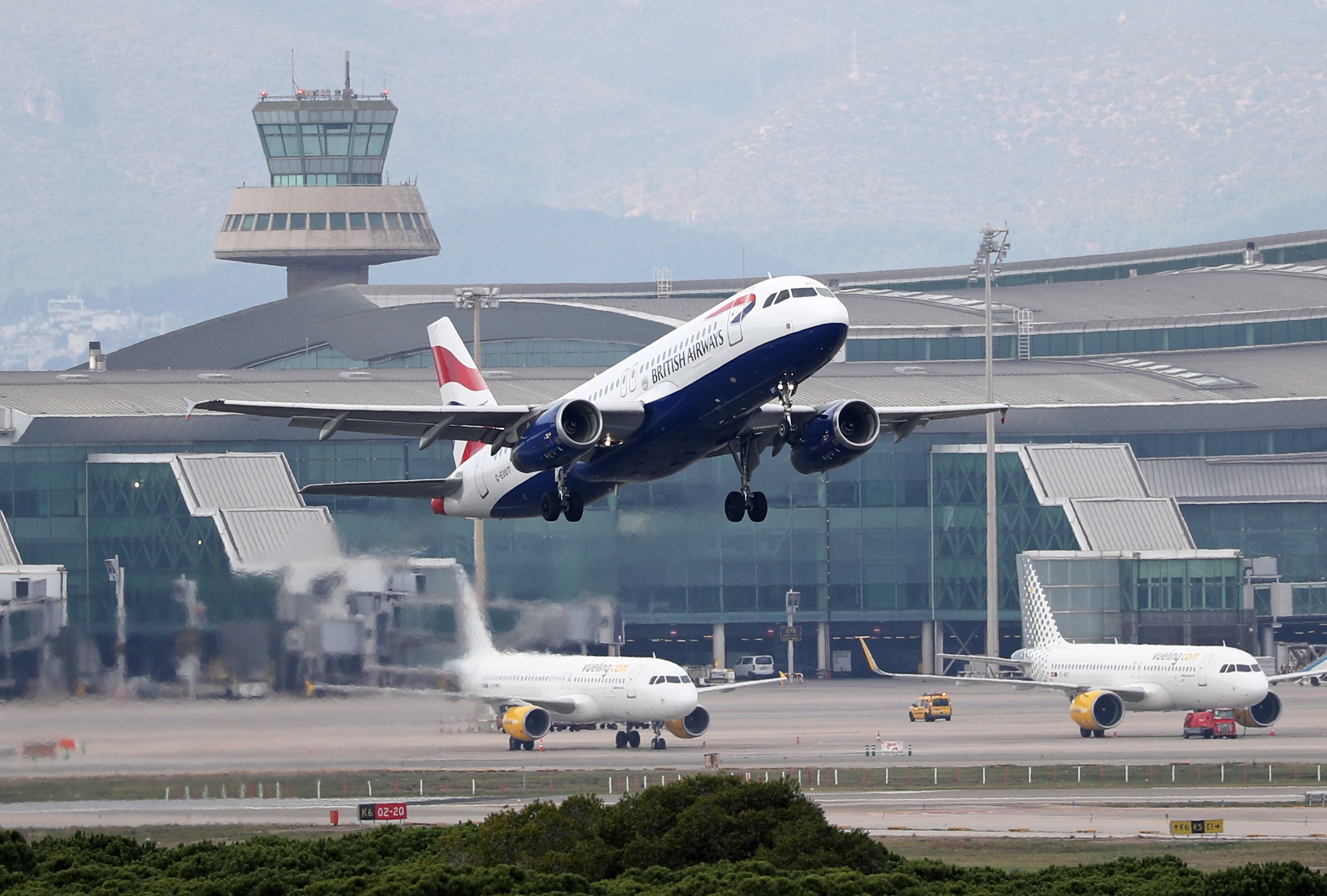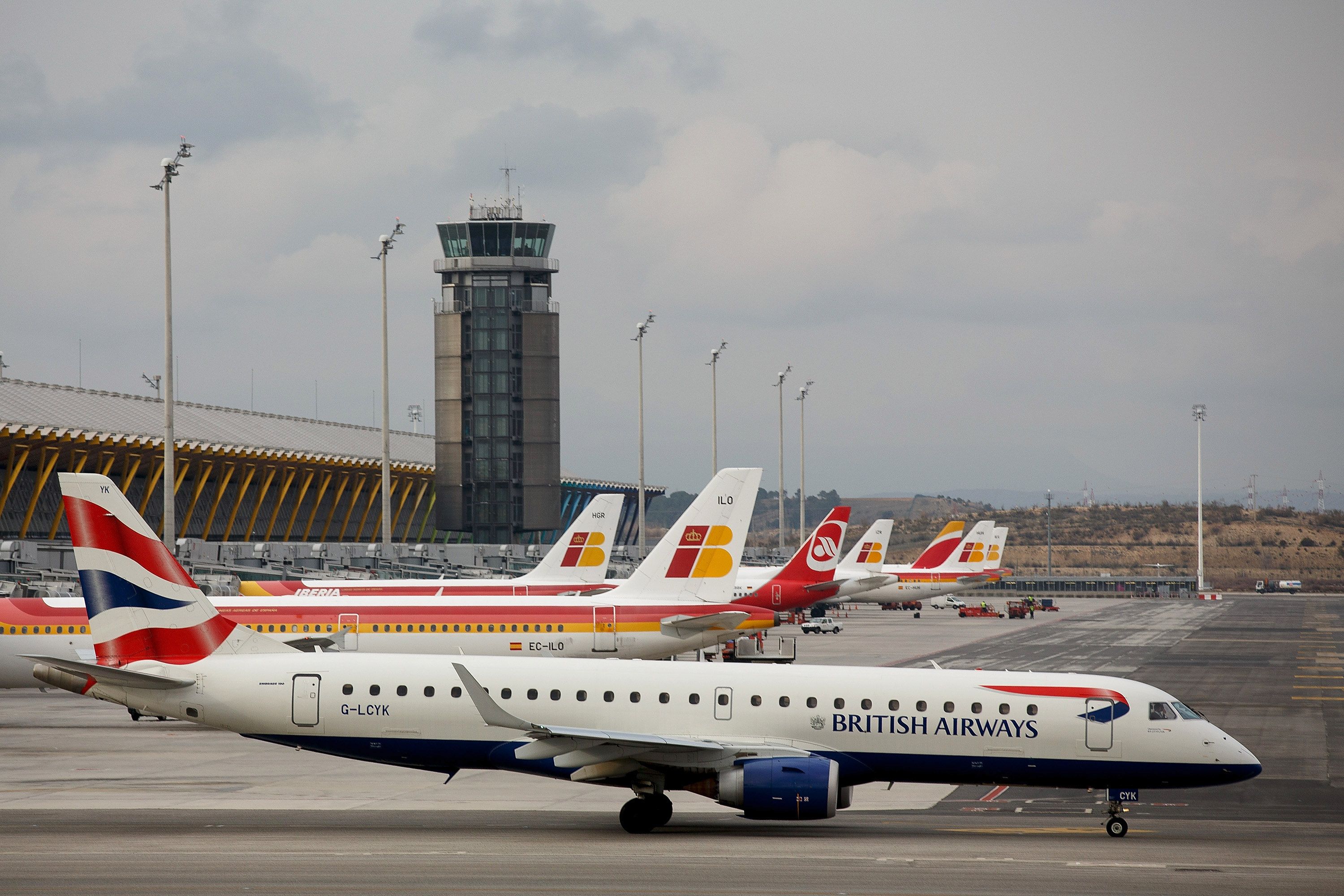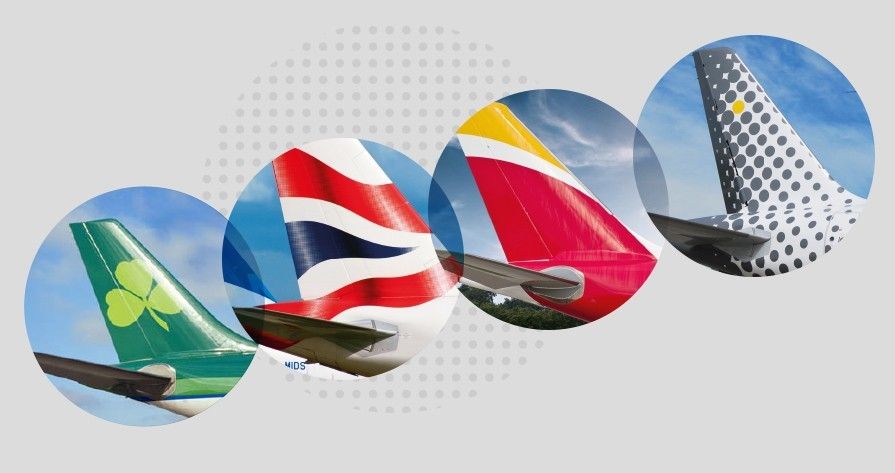Today, the IAG group, which owns airlines such as Aer Lingus, British Airways, and Iberia, released its third-quarter financial results. No big surprises, such as seat roll-outs or aircraft delivery delays, were announced this time. However, the airline group did report that all airlines had seen a "significant step up in profitability".
The IAG group was founded following a merger of British Airways and Iberia, completed in 2011. In the time since the two merged, the group has grown. Today it also includes Aer Lingus, IAG Cargo, LEVEL, and Vueling.
IAG's overall results
As mentioned above, all in all, IAG saw its revenue increase slightly compared to 2019. Across all corners of the business, total revenue was €7.329 billion, an increase of 1% compared to €7.266 billion in 2019. €6.416 billion came from passenger revenue, a decrease of 1% since 2019. However, cargo saw considerable growth compared to before the pandemic, with a 39% increase to €373 million. Other revenue sat at €540 million, up 7% on 2019.
At the time of writing €1 = $1.00
The group's total expenditure on operations came in at €6,123, a 5% rise from 2019. This left IAG with a profit of €1.208 after exceptionals. This is down €211 million, or 15%, from the €1.417 billion reported in Q3 2019. But where did these figures come from? Let's dig deeper into each airline's numbers.
Broken down by airline
The table below shows the breakdown of revenue taken by each airline as reported by the airline group. The number in brackets shows the change from 2019's corresponding figure.
|
Airline |
Pax Revenue |
Cargo Revenue |
Other Revenue |
Total Revenue |
Profit |
|---|---|---|---|---|---|
|
Aer Lingus |
€642 million (-4%) |
€18 million (+49%) |
€1 million (-63%) |
€661 million (-4%) |
€139 million (-18%) |
|
British Airways |
€2.881 billion (-11%) |
€245 million (+40%) |
€232 million (+15%) |
€3.357 billion (-7%) |
€411 million (-35%) |
|
Iberia |
€1.262 billion (+5%) |
€79 million (+13%) |
€294 million (-6%) |
€1.635 billion (+3%) |
€246 million (-10%) |
|
Vueling |
€1.016 billion (+15%) |
Not Applicable |
€5 million (+0%) |
€1.021 billion (+15%) |
€259 million (+13%) |
|
IAG Total |
€6.416 billion (-1%) |
€373 million (+39%) |
€540 million (+7%) |
€7.329 billion (+1%) |
€1.208 billion (-15%) |
Check out all the latest European aviation news here.
What about passenger numbers and load factors?
As the table above shows, passengers make up the vast majority of IAG's revenue. The table below shows the ASKs, RPKs, load factors, and average sector lengths from all four carriers. (If you're wondering what these metrics mean, check out the FAQ at the end of the article.) Again, the figures in brackets show the change compared to the 2019 figures.
|
Airline |
ASKs |
RPKs |
Load Factor |
Sector Length |
|---|---|---|---|---|
|
Aer Lingus |
8.026 billion (-10%) |
6.980 billion (-10%) |
87% (+0%) |
2,308 km (+12%) |
|
British Airways |
35.942 billion (-26%) |
30.048 billion (-28%) |
84% (-2%) |
3,056 km (-4%) |
|
Iberia |
17.297 billion (-16%) |
15.367 billion (-16%) |
89% (+0%) |
2.668 km (-9%) |
|
Vueling |
12.108 billion (+3%) |
11.297 billion (+6%) |
93% (+3%) |
1,016km (+6%) |
|
IAG Total |
74.834 billion (-19%) |
65.078 billion (-20%) |
87% (-1%) |
2,213 km (-5%) |
Get the latest aviation news straight to your inbox: Sign up for our newsletters today.
What do you make of IAG's Q3 2022 results? Let us know what you think and why in the comments below!
FAQ
Q: What are ASKs?
ASK stands for Available Seat Kilometers. It is a measure of the capacity of an airline and is generated with the following formula, ASK = Seats for sale X kilometers flown by the airline. For example, if a plane with 200 seats flew 100km, the ASK would be 20,000.
Q: What are RPKs?
While ASKs measure an airlines total capacity, RPKs give a sense of how much of this is being used. RPKs = number of paying passengers X kilometers flown. If our 200-seat plane flew 100km with 150 paying passengers, the RPK would be 15,000.
Q: What is the load factor?
The load factor is given as a percentage. It is a percentage of how many available seats or ASKs were filled by passengers or RPKs. If 150 of 200 seats are sold on an aircraft, the load factor is 75%.



